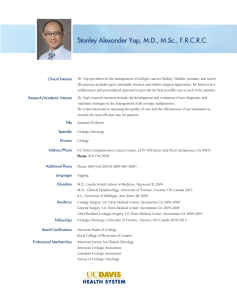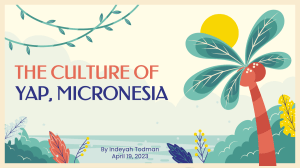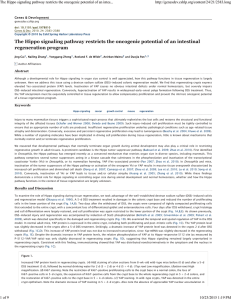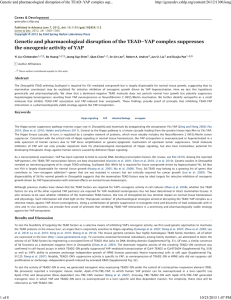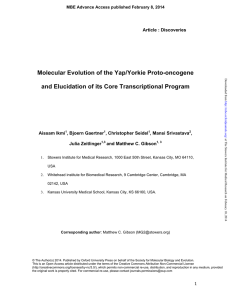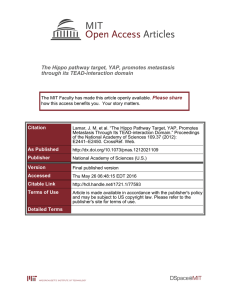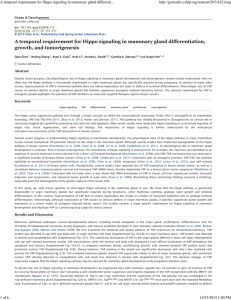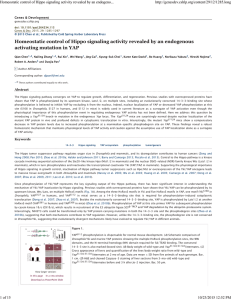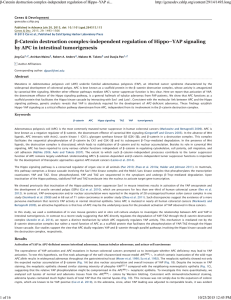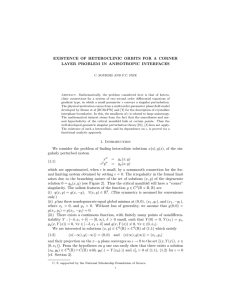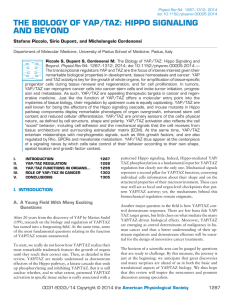Yapese Land Classification and Use in Relation to Agroforests 1 Pius Llyagel
advertisement
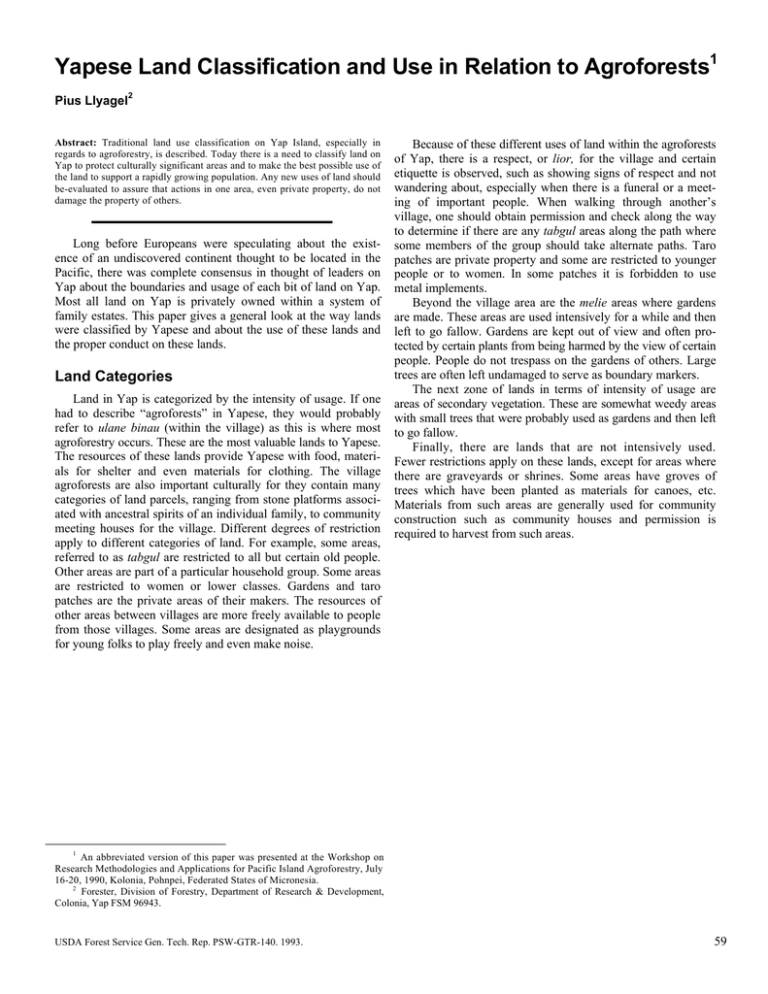
Yapese Land Classification and Use in Relation to Agroforests1 Pius Llyagel2 Abstract: Traditional land use classification on Yap Island, especially in regards to agroforestry, is described. Today there is a need to classify land on Yap to protect culturally significant areas and to make the best possible use of the land to support a rapidly growing population. Any new uses of land should be-evaluated to assure that actions in one area, even private property, do not damage the property of others. Long before Europeans were speculating about the existence of an undiscovered continent thought to be located in the Pacific, there was complete consensus in thought of leaders on Yap about the boundaries and usage of each bit of land on Yap. Most all land on Yap is privately owned within a system of family estates. This paper gives a general look at the way lands were classified by Yapese and about the use of these lands and the proper conduct on these lands. Land Categories Land in Yap is categorized by the intensity of usage. If one had to describe “agroforests” in Yapese, they would probably refer to ulane binau (within the village) as this is where most agroforestry occurs. These are the most valuable lands to Yapese. The resources of these lands provide Yapese with food, materials for shelter and even materials for clothing. The village agroforests are also important culturally for they contain many categories of land parcels, ranging from stone platforms associated with ancestral spirits of an individual family, to community meeting houses for the village. Different degrees of restriction apply to different categories of land. For example, some areas, referred to as tabgul are restricted to all but certain old people. Other areas are part of a particular household group. Some areas are restricted to women or lower classes. Gardens and taro patches are the private areas of their makers. The resources of other areas between villages are more freely available to people from those villages. Some areas are designated as playgrounds for young folks to play freely and even make noise. Because of these different uses of land within the agroforests of Yap, there is a respect, or lior, for the village and certain etiquette is observed, such as showing signs of respect and not wandering about, especially when there is a funeral or a meeting of important people. When walking through another’s village, one should obtain permission and check along the way to determine if there are any tabgul areas along the path where some members of the group should take alternate paths. Taro patches are private property and some are restricted to younger people or to women. In some patches it is forbidden to use metal implements. Beyond the village area are the melie areas where gardens are made. These areas are used intensively for a while and then left to go fallow. Gardens are kept out of view and often protected by certain plants from being harmed by the view of certain people. People do not trespass on the gardens of others. Large trees are often left undamaged to serve as boundary markers. The next zone of lands in terms of intensity of usage are areas of secondary vegetation. These are somewhat weedy areas with small trees that were probably used as gardens and then left to go fallow. Finally, there are lands that are not intensively used. Fewer restrictions apply on these lands, except for areas where there are graveyards or shrines. Some areas have groves of trees which have been planted as materials for canoes, etc. Materials from such areas are generally used for community construction such as community houses and permission is required to harvest from such areas. 1 An abbreviated version of this paper was presented at the Workshop on Research Methodologies and Applications for Pacific Island Agroforestry, July 16-20, 1990, Kolonia, Pohnpei, Federated States of Micronesia. 2 Forester, Division of Forestry, Department of Research & Development, Colonia, Yap FSM 96943. USDA Forest Service Gen. Tech. Rep. PSW-GTR-140. 1993. 59





